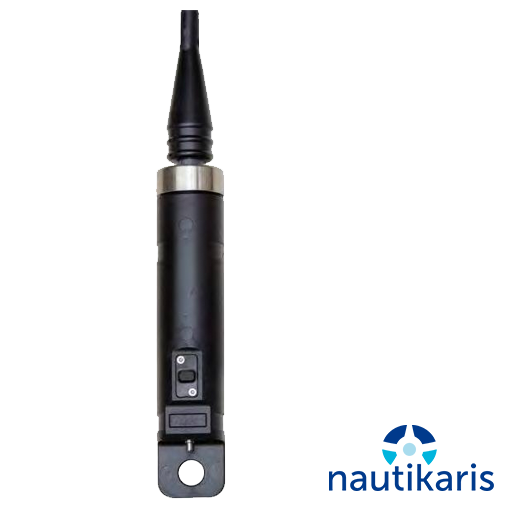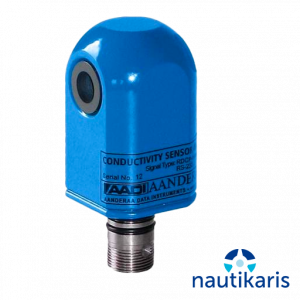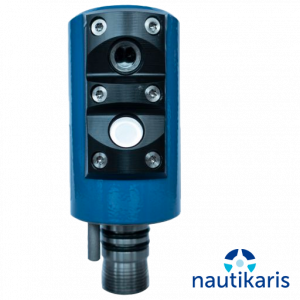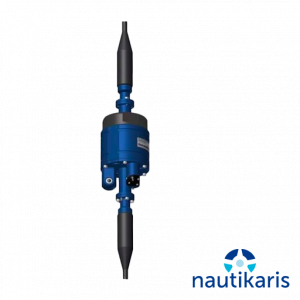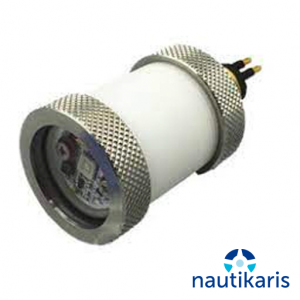Since oxygen is involved in most of the biological and chemical processes in aquatic environments and in the process industry, it is one of the most important parameters to be measured. Aanderaa revolutionized oceanographic oxygen monitoring/research with the introduction of oxygen optodes in 2002. Applications range from shallow creeks to the deepest trenches, from tropical to in-ice/in-sediment measurements. More than 150 scientific papers have so far been published using these optodes.
Monitoring the oxygen level is crucial in many applications, e.g. in:
• Industry processes
• Water and waste water systems
• Ship tanks
• Ballast water
• Aquaculture
• Fjords or other areas with limited exchange of water
The Aanderaa Oxygen Optodes are based on the ability of selected substances to act as dynamic fluorescence quenchers. The fluorescent indicator is a special platinum porphyrin complex embedded in a gas permeable foil that is exposed to the surrounding water. A black optical isolation coating protects the complex from sunlight and fluorescent particles in the water. This sensing foil is mounted on a glass window providing optical sampling from inside a watertight housing. The sensing foil is excited by modulated blue light; the sensor measures the phase of the returned red light. For improved stability the optode also performes a reference phase reading by use of a red LED that do not produce fluorescence in the foil.
The sensor has an incorporated temperature thermistor which enables linearization and temperature compensation of the phase measurements to provide the absolute O2-concentration The lifetime-based luminescence quenching principle offers the following advantages over electro-chemical sensors:
• Less affected by fouling
• Measures absolute oxygen concentration without repeated calibrations
• Better long-term stability
• Not affected by pressure
The Oxygen Optode outputs data in RS-232 and analog 0-5V, 0-10V or 4-20mA. The sensor can present the O2 concentration in μM, Air Saturation in % and Temperature in °C.


